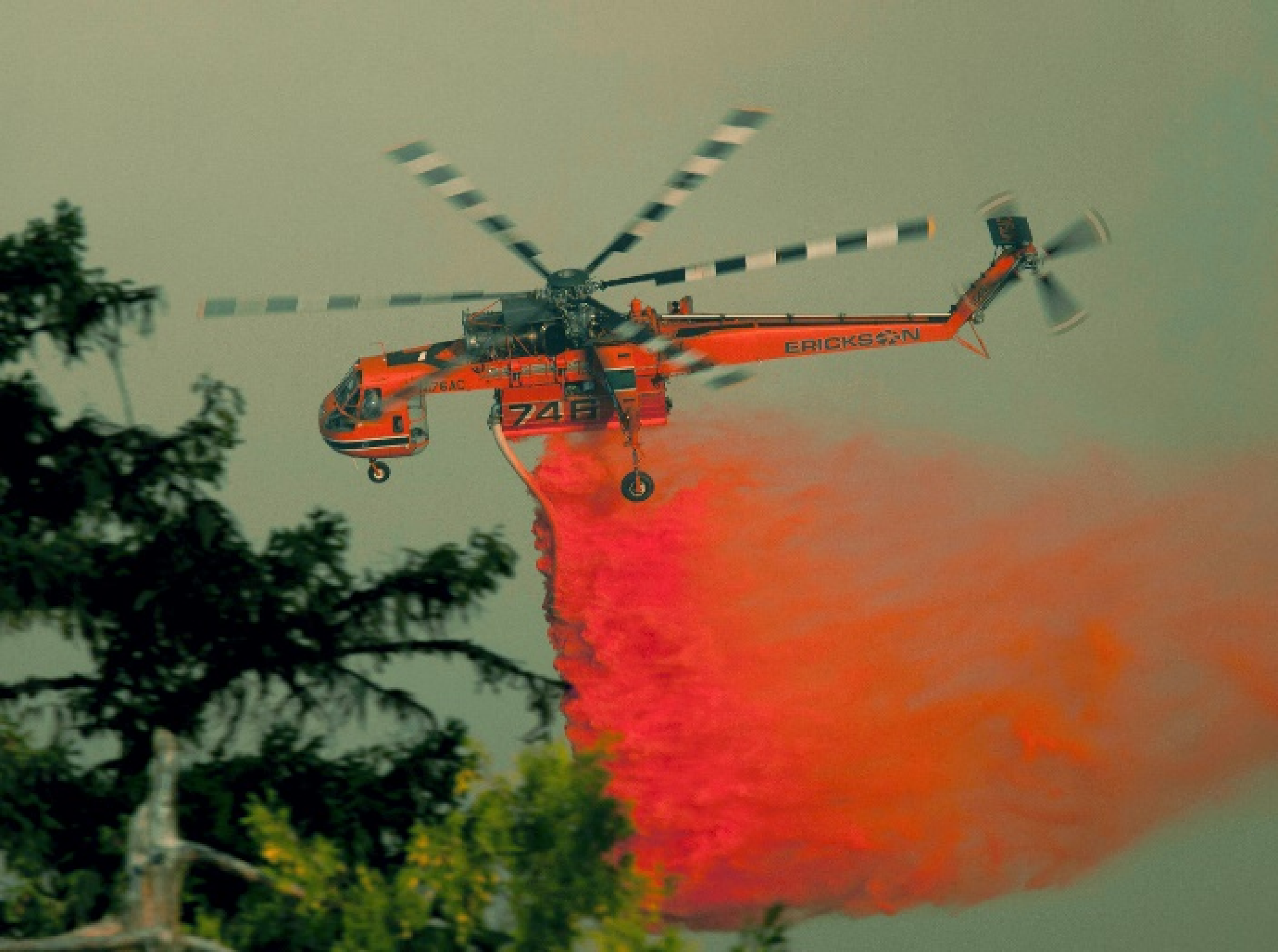Introduction
Radios have been instrumental in communication across various industries, from emergency services and aviation to maritime and amateur radio. To effectively communicate via radios, it’s essential to understand the specialized language and terminology used. In this comprehensive guide, we’ll explore the world of radio lingo and terminology, demystifying the jargon and helping you become a proficient radio communicator.
Basic Radio Lingo
Let’s begin with some fundamental radio lingo and terminology that you’ll encounter on most radio systems:
- 10 Codes: These are numeric codes used to convey specific messages, such as “10-4” for acknowledgment, “10-20” for location, and “10-33” for emergency.
- Transmit (TX): When you transmit a message over the radio, you are sending information.
- Receive (RX): Receiving refers to the act of listening to incoming radio transmissions.
- Roger: This term means “message received and understood.”
- Wilco: Short for “will comply,” it indicates that you will comply with the received instructions.
- Affirmative (Affirm): It means “yes” or “I agree.”
- Negative (Negatory): It means “no” or “I disagree.”
Phonetic Alphabet
The phonetic alphabet is used to spell out words and names clearly over the radio to avoid confusion. Here are some key elements:
- Alpha: A
- Bravo: B
- Charlie: C
- Delta: D
- Echo: E
- Foxtrot: F
- Golf: G
- Hotel: H
- India: I
- Juliett: J
- Kilo: K
- Lima: L
- Mike: M
- November: N
- Oscar: O
- Papa: P
- Quebec: Q
- Romeo: R
- Sierra: S
- Tango: T
- Uniform: U
- Victor: V
- Whiskey: W
- X-ray: X
- Yankee: Y
- Zulu: Z
Mayday and Pan-Pan Calls
- Mayday: This is the most urgent distress call, used in life-threatening situations. It means, “I am in distress and require immediate assistance.”
- Pan-Pan: This call signifies an urgent situation but not an immediate threat to life. It means, “I have a serious problem, but it’s not a Mayday.”
Q Codes
In aviation and maritime radio communications, Q codes are used to convey complex messages succinctly. Some common Q codes include:
- QSY: Change frequency.
- QTH: What is your location?
- QRG: What is the exact frequency you are using?
SINPO Code
The SINPO code is used in amateur radio and shortwave listening to rate signal quality. It stands for:
- S (Signal Strength): A measure of signal power, typically rated from 1 to 5, with 5 being the strongest.
- I (Interference): A rating of the amount of interference or noise on the signal, also on a scale from 1 to 5.
- N (Noise): This refers to natural atmospheric noise and is also rated from 1 to 5.
- P (Propagation): A measure of the overall signal quality, ranging from 1 to 5.
- O (Overall): This is the overall signal quality rating, combining the other ratings.
Ten-Codes
Ten-codes are commonly used by law enforcement and emergency services. They include:
- 10-4: Affirmative, message received.
- 10-20: What is your location?
- 10-33: Emergency, all units stand by.
Radio Procedure Words
These are standard words used in radio communications to facilitate clear and concise conversation:
- Over: Used to indicate the end of your transmission and that you are expecting a reply.
- Out: Signifies the end of the conversation, and no reply is expected.
- Break: Used when interrupting an ongoing conversation to convey important information.
- Copy: Indicates that you have received and understood the message.
Prowords
Prowords (procedure words) are words or phrases used to convey specific meanings in radio communications:
- Affirm: Yes.
- Say Again: Request a repetition of the last transmission.
- Standby: Hold on, wait for further instructions.
International Morse Code
Morse code is a system of encoding text characters as sequences of two different signal durations, called dots and dashes. For example, “SOS” is represented as “… — …”
Radio Frequencies
Understanding frequency bands and radio bands is crucial for efficient communication. For example, the VHF band (very high frequency) is commonly used for aviation and marine communication, while the UHF band (ultra-high frequency) is used for land mobile, public safety, and amateur radio.
Conclusion
Mastering radio lingo and terminology is essential for effective communication in various fields, from emergency services to amateur radio operators. Whether you’re transmitting a Mayday call in a life-threatening situation or using prowords to convey clear messages, understanding these terms ensures that your radio communication is accurate, concise, and efficient. By familiarizing yourself with the language of the airwaves, you’ll be better prepared to communicate effectively in any radio context.















